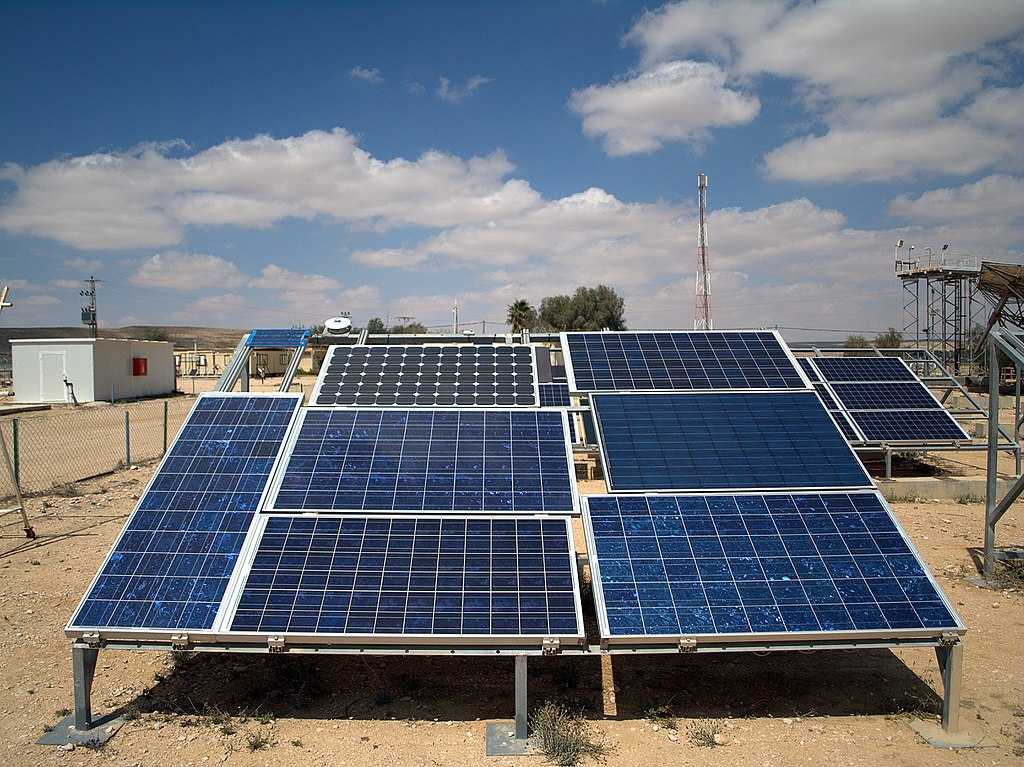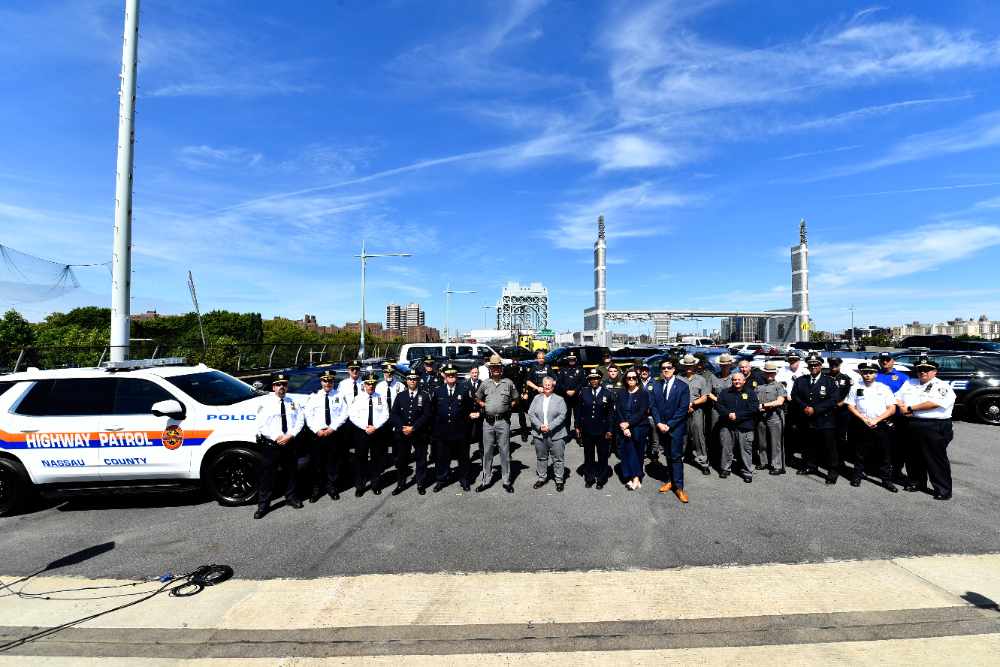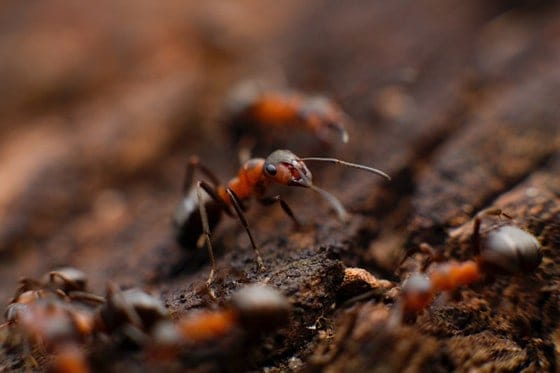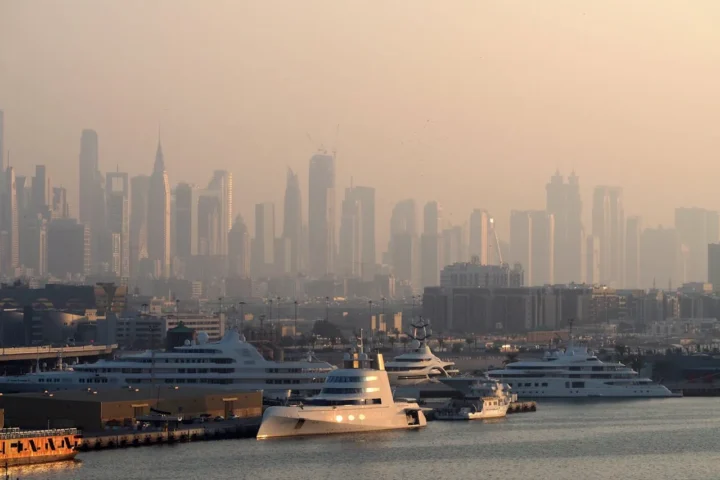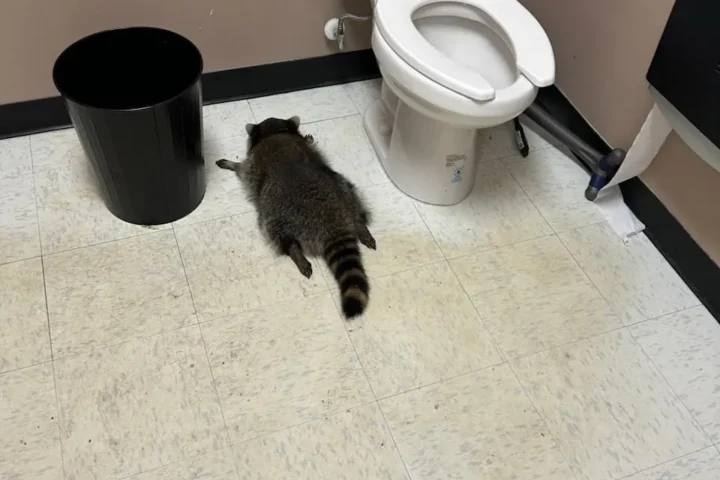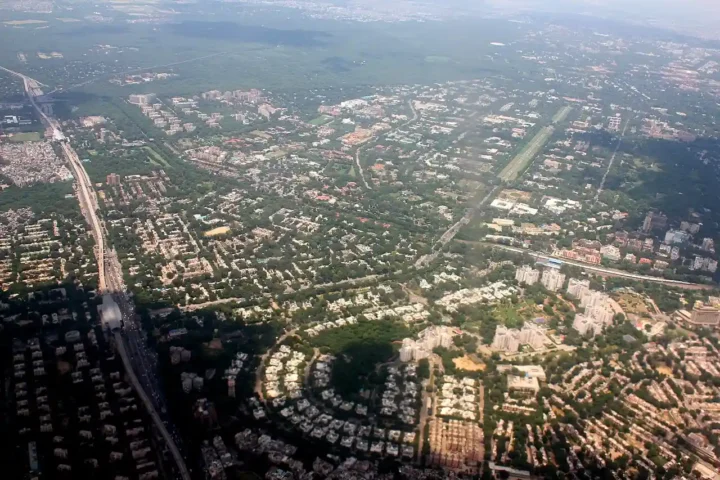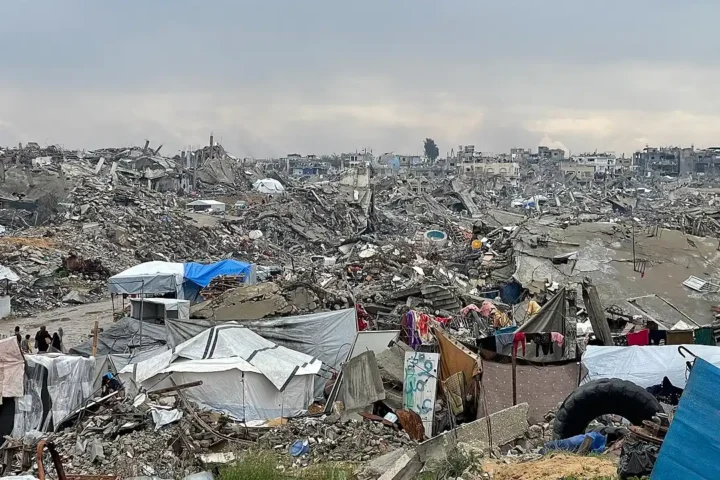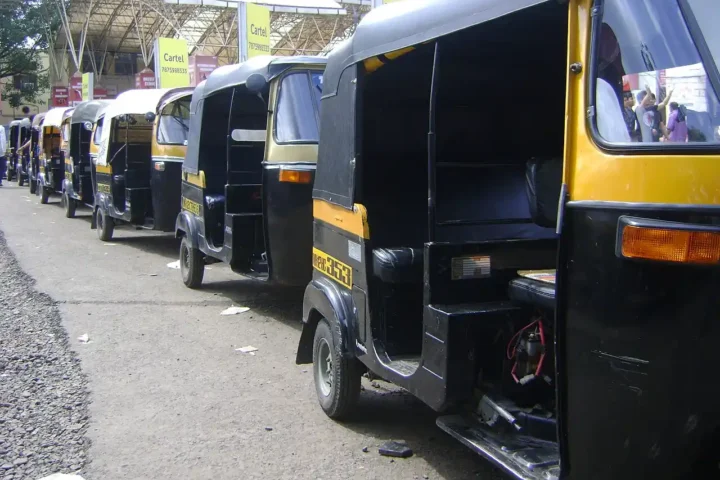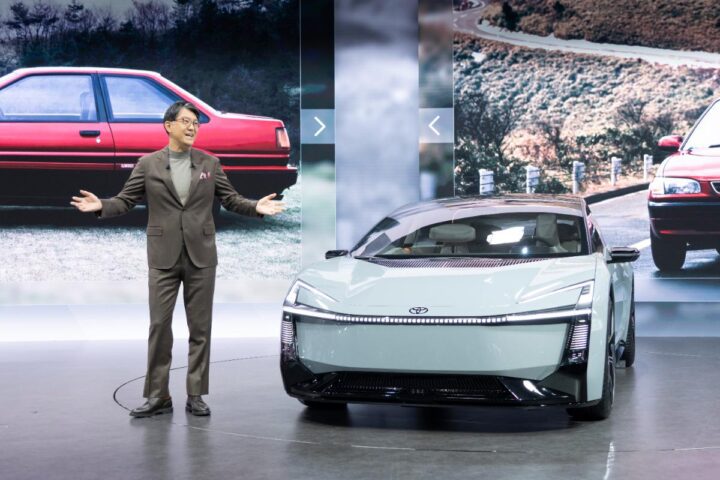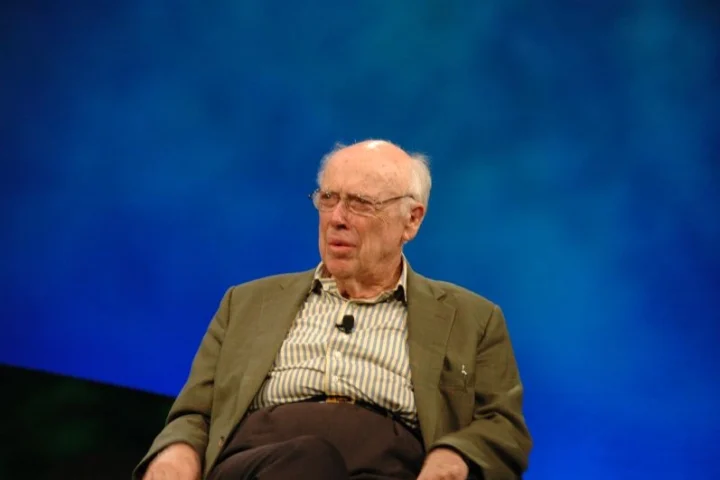Several advocacy organizations have submitted a formal request asking California regulators to revive a clean energy initiative for struggling households that ended five years ago. Their filing argues that California law mandates the California Public Utilities Commission (CPUC) to resume the program that benefited underserved areas in the San Joaquin Valley.
The initiative emerged following legislation in 2014 that instructed the CPUC to locate Valley neighborhoods with inadequate utility services. By 2018, regulators had given the green light to 11 test projects that delivered rooftop solar access, electric home appliances, energy-saving measures, reduced utility bills, and community-based helpers to assist families in navigating available utility assistance programs.
“State regulators shouldn’t be ignoring the law and abandoning families in one of California’s lowest-income, most polluted regions,” said Roger Lin, an attorney with the Center for Biological Diversity’s energy justice program.
The San Joaquin Valley faces severe environmental challenges with some of the worst air quality in the nation, repeatedly failing to meet federal health standards for ozone and particulate pollution. This pollution burden is linked to increased instances of breathing difficulties and respiratory illnesses throughout the region, with children facing particularly high risk.
The CPUC identified 178 disadvantaged communities eligible for the program, representing about 890,000 households. Many of these communities were historically redlined out of utility service decades ago, forcing residents to rely on wood burning or propane for cooking, heating, and hot water.
“The San Joaquin Valley pilots provided an opportunity to many low-income families to improve their indoor air quality with all-electric appliances accompanied by access to community solar, a guaranteed bill discount, and battery energy storage to defray the costs,” said Sarah Sharpe, a public health advocate with the Central California Asthma Collaborative.
The legal filing points out that California regulations required the CPUC to review the trial program’s results and consider expanding it to additional qualified neighborhoods. However, the commissioners terminated the program in 2020 without seeking public feedback or finishing the mandated assessment process.
The petition also highlights implementation problems with the initial pilots, including property damage, non-functioning air conditioners, and faulty equipment that sometimes increased household energy costs instead of reducing them.
Similar Posts
Maria Dolores Diaz, a participant from Cantua Creek in Fresno County, shared her experience: “I received an electric dryer, air conditioner, and water heater. These appliances are indispensable in an area that gets very hot and where energy affordability gets worse every year.”
The petition asks the CPUC to reopen the program, analyze its cost-effectiveness, and consider extending its benefits. This includes the utility bill savings program that helped reduce electricity costs for participants but is set to expire in 2029.
In a related development, California’s Solar on Multifamily Affordable Housing (SOMAH) program recently added incentives for energy storage alongside rooftop solar for affordable housing, showing a statewide push to pair clean energy with resilience for low-income residents.
The petition comes amid broader challenges in California’s clean energy implementation, including permitting delays for renewable energy projects despite streamlining reforms passed in 2022.
If granted, the petition would require the CPUC to evaluate the pilot results and potentially expand clean energy access across the San Joaquin Valley’s disadvantaged communities, addressing both energy affordability and indoor air quality concerns for hundreds of thousands of residents.
